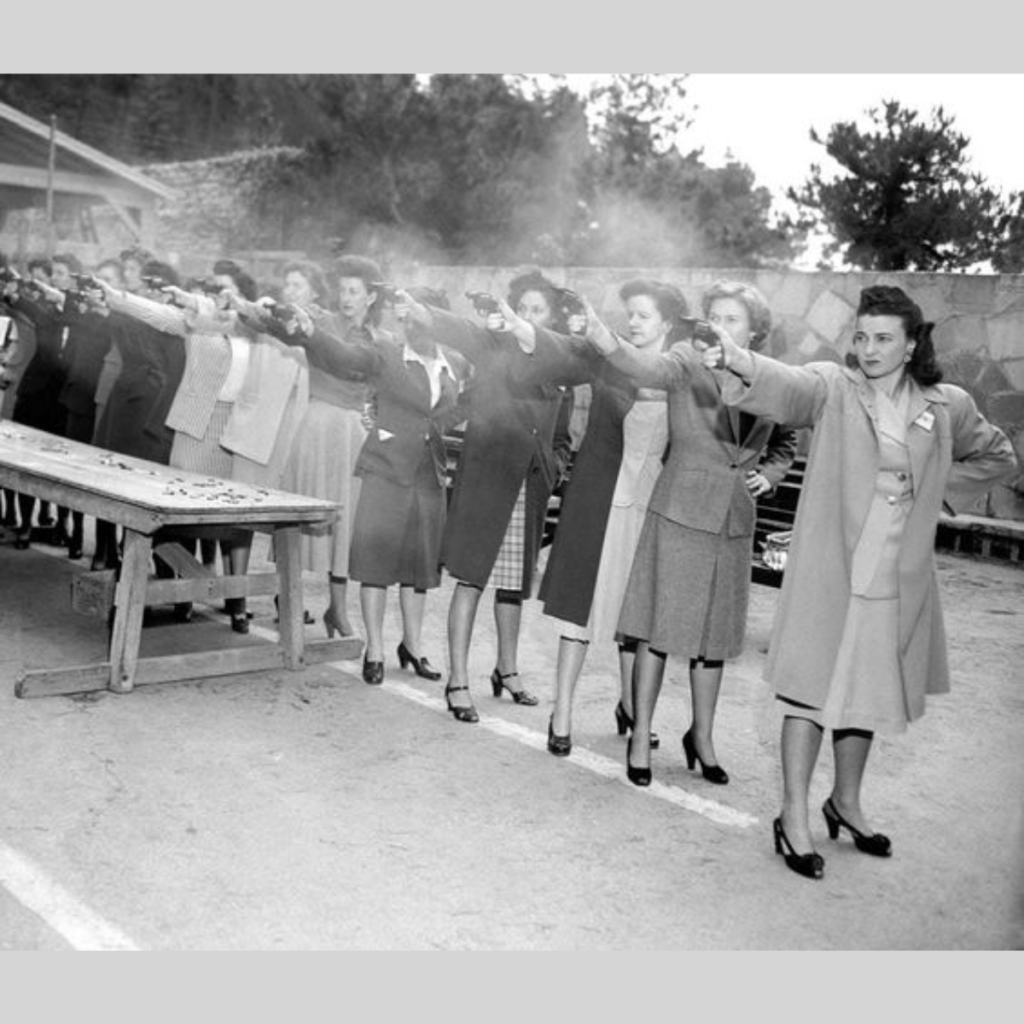

The LAPD is the birthplace of the first female officer. We have an incredible history of courageous women who triumphed over discrimination. The Los Angeles Police Department was the first in the country to appoint a woman officer with full powers to arrest. In 1910, Alice Stebbins Wells became the first woman police officer in LAPD after campaigning for the inclusion of women in the police force. That year, Mrs. Wells obtained 100 signatures from community members of Los Angeles asking the city council, police commissioner, and the mayor to appoint her as a police officer in LAPD. The petition was successful, and in September of 1910, she became the first woman to serve as an officer with full arrest powers. By 1912, there were three policewomen on the job and three police matrons in the department.

Before this time, many California cities employed women as “matrons” or “workers” since 1890. These employees specialized in the care of female prisoners, along with working in the City and County prisons and other penal institutions.
On the first day of her appointment, Mrs. Wells was furnished with a Gamewell (a telephone call box) key, book of rules, first aid book, and “policeman’s badge.” In those days, an officer was privileged to enjoy free trolley car rides while going to and from work, but when Mrs. Wells displayed her badge, the conductor accused her of misusing her husband’s identity. This was remedied by presenting her with “Policewoman’s Badge Number One.”
Her first duties included supervision and enforcement of laws concerning “dance halls, skating rinks, penny arcades, picture shows, and other similar places of public recreation.” Among her activities were the “suppression of unwholesome billboard displays, searches for missing persons, and the maintenance of a general information bureau for women seeking advice on matters within the scope of police departments.”
While these historical changes were occurring there was still push back against women holding the same powers as men on the police force. In 1925, the City Council proposed civilianizing the policewoman’s position, which meant no retirement plan, training, or uniforms.